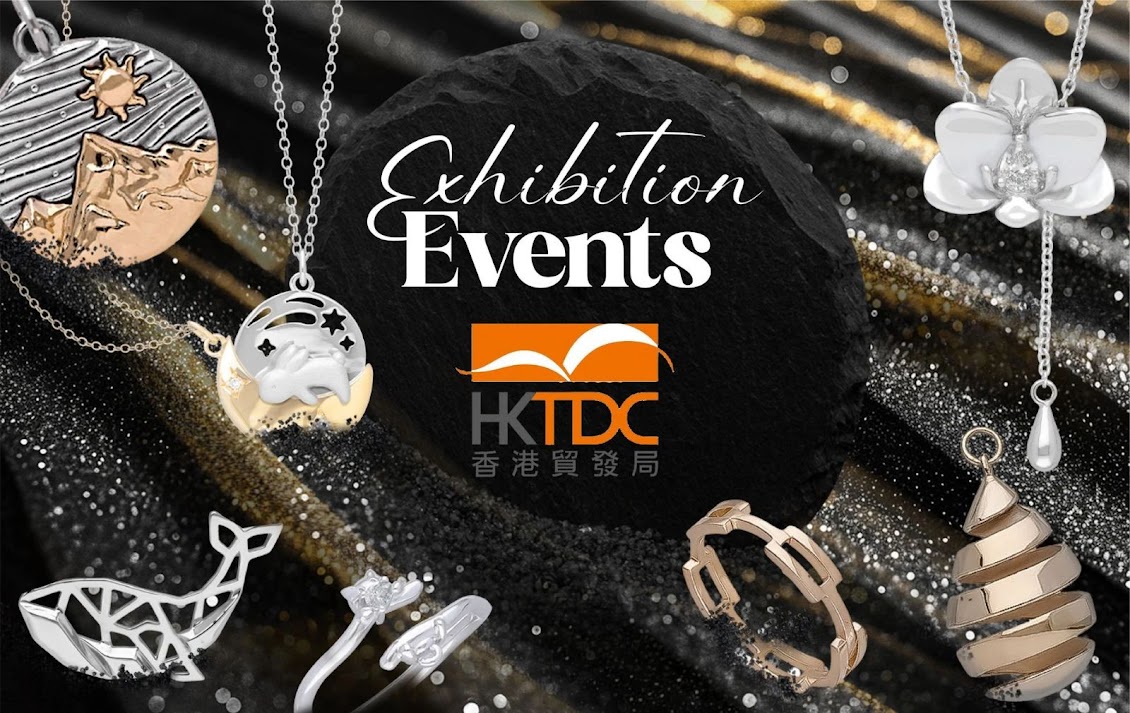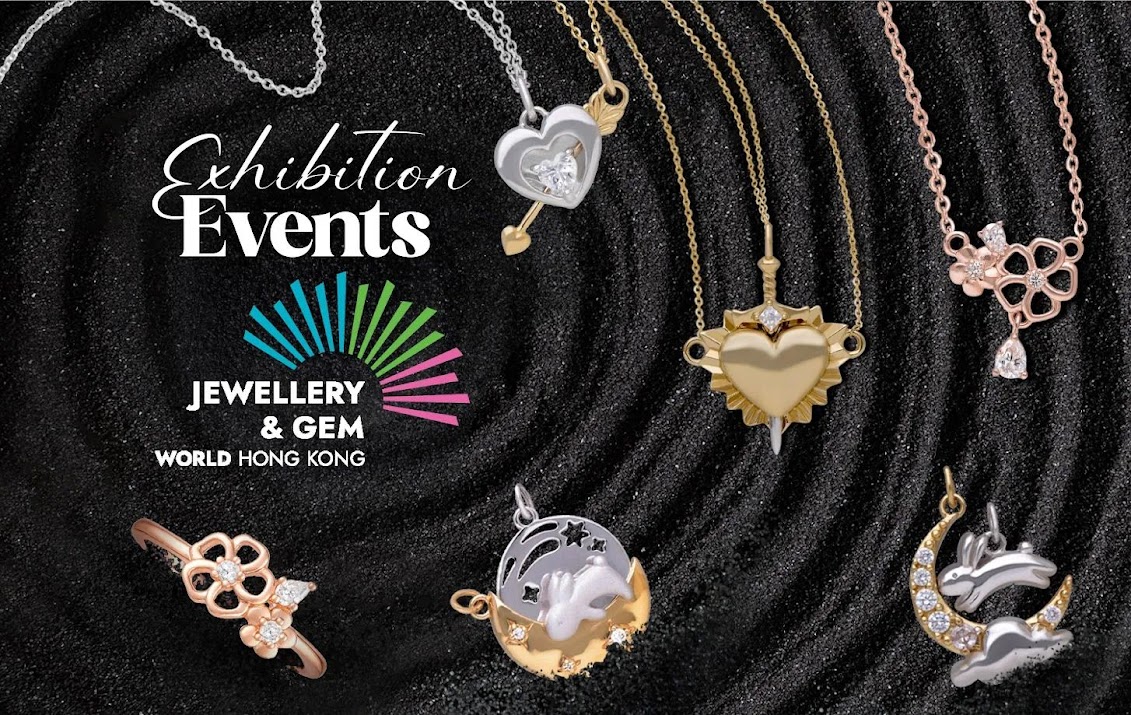
In this blog post, we will look at the jewelry manufacturing process from concept to creation. We will discuss the different steps involved in creating jewelry, from design and casting to stone setting and polishing. We will also explore the different materials and techniques used in jewelry manufacturing and the different types of jewelry that can be made.
The Jewelry Manufacturing Process
The jewelry manufacturing process can be divided into several key steps:
1. Design: The first step in the jewelry manufacturing process is to design the jewelry. This involves creating a sketch or rendering of the desired jewelry piece. The designer must consider the jewelry piece’s size, shape, materials, and desired finish.
- Design inspiration: Jewelry designers can find inspiration from various sources, including nature, art, and architecture. They may also draw inspiration from current fashion trends or historical jewelry designs.
- Design software: Once the designer has a general idea of the jewelry piece they want to create, they can use design software to create a more detailed rendering. This software allows them to experiment with different shapes, sizes, and materials to create the perfect design.
- 3D printing: 3D printing is becoming increasingly popular in the jewelry manufacturing process. This technology allows designers to create prototypes of their jewelry designs quickly and easily. This can help test out different designs and ensure they are feasible to manufacture.
2. Patternmaking: Once the jewelry design is complete, the next step is to create a pattern for the jewelry piece. This is usually done using a computer-aided design (CAD) program. The pattern will be used to create a mold for the jewelry piece.
- CAD software: CAD software allows jewelers to create 3D models of their jewelry designs. These models can then be used to create patterns for the jewelry pieces.
- Pattern materials: The pattern material will vary depending on the jewelry type. For example, a pattern for a metal jewelry piece might be made of wax or plastic. A pattern for a jewelry piece made of precious stones might be made of wood or metal.
3. Casting: The jewelry piece is created by casting the metal into a mold. The mold is made of a material that will melt at a lower temperature than the metal. Once the metal is molten, it is poured into the mold and allowed to cool and solidify.
- Casting methods: There are a variety of casting methods that can be used to create jewelry pieces. The most common method is lost-wax casting. In this method, a wax model of the jewelry piece is created. The wax model is then placed in a mold and surrounded by a material that will melt at a lower temperature than the metal. The mold is then heated, which melts the wax model. The molten metal is then poured into the mold and allowed to cool and solidify.
- Casting materials: The casting material will vary depending on the type of jewelry being made. For example, gold and silver jewelry pieces are typically cast using gold or silver. Platinum jewelry pieces are typically cast using platinum.
4. Stone setting: The stones are placed once the jewelry piece is cast. This is done by using various techniques, such as prong setting, bezel setting, and channel setting.
- Stone setting methods: Various stone setting methods can be used to create jewelry pieces. The most common method is prong setting. In this method, the stones are held in place by prongs, which are small metal claws that are bent over the stones. Other common stone setting methods include bezel setting, channel setting, and flush setting.
- Stone materials: The stone material will vary depending on the jewelry type. For example, diamonds are famous for engagement and wedding rings. Rubies, sapphires, and emeralds are also popular gemstones.
5. Polishing: The final step in the jewelry manufacturing process is to polish the jewelry piece. This is done to remove any blemishes and to give the jewelry piece a shiny finish.
- Polishing methods: Various polishing methods can be used to create jewelry pieces. The most common way is hand polishing. In this method, the jewelry piece is polished by hand using a variety.
The Different Types of Jewelry
The different types of jewelry that can be made are almost endless. Some of the most common types of jewelry include:
- Earrings: Earrings are jewelry that is worn on the earlobes. Earrings can be made from various materials, including gold, silver, platinum, gemstones, and pearls.
- Necklaces: Necklaces are jewelry that is worn around the neck. Necklaces can be made from various materials, including gold, silver, platinum, gemstones, and beads.
- Rings: Rings are jewelry that is worn on the fingers. Rings can be made from various materials, including gold, silver, platinum, gemstones, and diamonds.
- Bracelets: Bracelets are jewelry that is worn around the wrist. Bracelets can be made from various materials, including gold, silver, platinum, gemstones, and leather.
- Brooches: Brooches are jewelry worn on the lapel of a jacket or shirt. Clips can be made from various materials, including gold, silver, platinum, gemstones, and enamel.
The Different Materials Used in Jewelry Manufacturing
The different materials that can be used in jewelry manufacturing are almost endless. Some of the most common materials used in jewelry manufacturing include:
- Gold: Gold is a precious metal known for its beauty and durability. Gold is often used in jewelry because it is relatively soft and easy to work with.
- Silver: Silver is another precious metal known for its beauty and durability. Silver is often used in jewelry because it is more affordable than gold.
- Platinum: Platinum is a precious metal known for its strength and durability. Platinum is often used in jewelry because it is hypoallergenic and does not tarnish.
- Gemstones: Gemstones are naturally occurring minerals prized for their beauty and rarity. Gemstones are often used in jewelry because they add a touch of luxury.
The jewelry manufacturing process is a long and complex one, but it is also a rewarding one. Each step in the process is essential to creating a beautiful and lasting piece of jewelry from the initial concept to the final creation.
The first step is the design process. This is where the jewelry designer brings their vision to life. They may sketch their ideas, create 3D models, or use computer-aided design (CAD) software. Once the design is finalized, it is time to create a prototype. This physical jewelry model can be used to test the design and ensure it is feasible to manufacture.
Once the prototype is approved, the next step is to create the mold. The mold is used to cast the jewelry in metal or other materials. There are many different types of molds, including lost-wax casting, investment casting, and rubber stamping. The type of mold used will depend on the complexity of the jewelry design and the desired material.
Once the mold is created, it is time to cast the jewelry. This is done by pouring molten metal into the mold. The metal cools and hardens, creating a replica of the jewelry design. After the jewelry is cast, it may need to be cleaned, polished, and set with stones.
The final step in the jewelry manufacturing process is quality control. Each jewelry piece is inspected to ensure it meets the desired standards. The jewelry may be rejected or returned for repairs if any defects are found.
Conclusion
The jewelry manufacturing process is a complex and time-consuming one, but it is also a rewarding one. By following these steps, jewelry designers can create beautiful and lasting pieces of jewelry that people will cherish for years to come.
In addition to the steps mentioned above, many other factors can affect the jewelry manufacturing process. These include the type of metal used, the complexity of the design, and the desired level of quality. The jewelry manufacturing process can also be affected by the availability of materials, the cost of labor, and the industry’s competition level.
Despite the challenges, the jewelry manufacturing process is a vibrant and creative industry. Jewelry designers are constantly coming up with new and innovative designs, and manufacturers are continually finding new ways to improve the quality and efficiency of the process. As a result, the jewelry industry can offer a wide variety of beautiful and affordable jewelry to consumers worldwide.
Share this post







Responses (0)